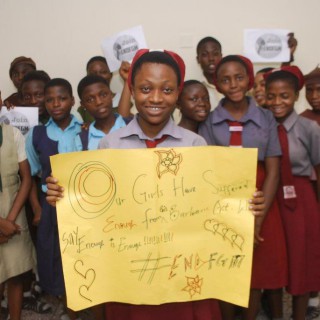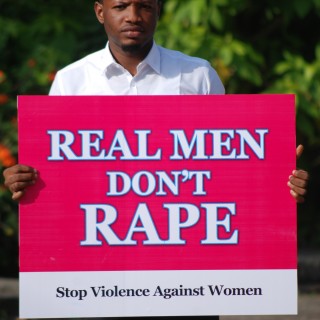In Nigeria as in many other countries, the electronic media especially, television, videotapes, and films have become a popular mode of communication especially among adolescents who reside in the urban areas.
Apart from informing and creating awareness about issues, visual electronic media is most successful at changing behavior when it is designed to reach a specific audience and comes through a source that the audience believe to be credible. As a tool of information, education and communication (IEC), it is perhaps the most user-friendly and cost-effective medium for information dissemination to controlled audiences.
This is even more so with participatory video communication (PVC) which is a tool used by homogenous groups of people with common problems/challenges to pass a messages across to themselves (horizontal communication) or to target outside their homogenous group (vertical communication) in a way that the target audience will understand the messages and take positive action.
Participatory Video Communication in the context of AHI’s programme is intended to play a part in larger process of providing adolescents reproductive health and life planning information and education. It involves a group of teens who have been trained in the technicalities of video production and make tapes which directly benefit their target audience.
Unlike the professional film maker whose work is done once he files the story or when he hands over the finished/edited tape, making the tape is just the beginning in participatory video communication
It involves facilitating discussions after a playback of the tape on the knowledge the tape may probably have provided to the viewers.
AHI’s Video Production Team is made up of ten adolescents trained by Communication For Change Inc. (C-4-C) of New York in 1992 and another sixteen “Video babies” who are currently under the tutelage of the ten trained by C-4-C. The few AHI staff and members who participated in the participated in the 1992 training by C-4-C act as programme advisers. The team produces tapes with only one camera and without the use of editing equipment. Even though the technical quality of the tapes are not so high as those made by professional film-makers, they are unique in their own way; the issues dealt with are engaging and the presentation of the messages are very clear. The tapes serve the purpose for which audience, which in this case includes teens, parents and government functionaries.
AHI’s Video Programme Is open to interested adolescents and involvement in it offers the opportunity to, gain knowledge and skills. Operating video production equipment is exciting while, appearing on the tape can also be tremendously re-enforcing and motivating Teens find that it helps them communicate their needs and concerns, better to people at all levels. Teens viewers acquire diverse information but the most powerful element is that they receive information others, whose experiences/situations are similar and sometimes identical to theirs.






You must be logged in to post a comment.